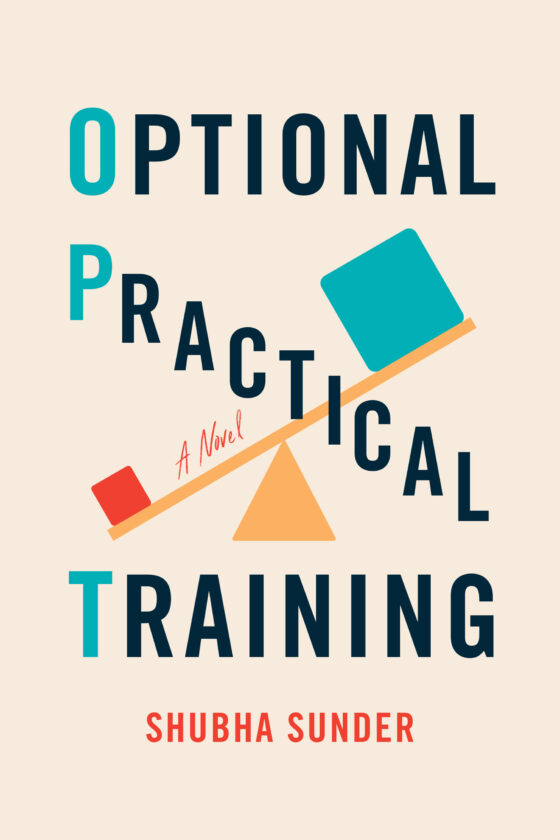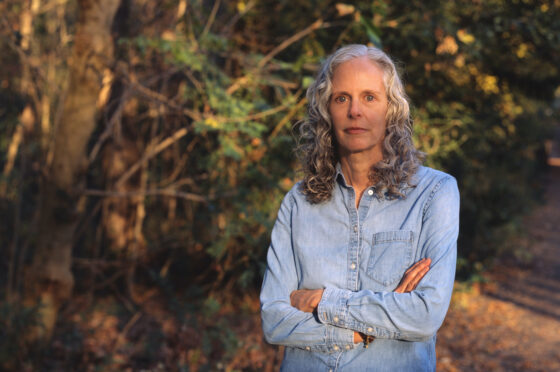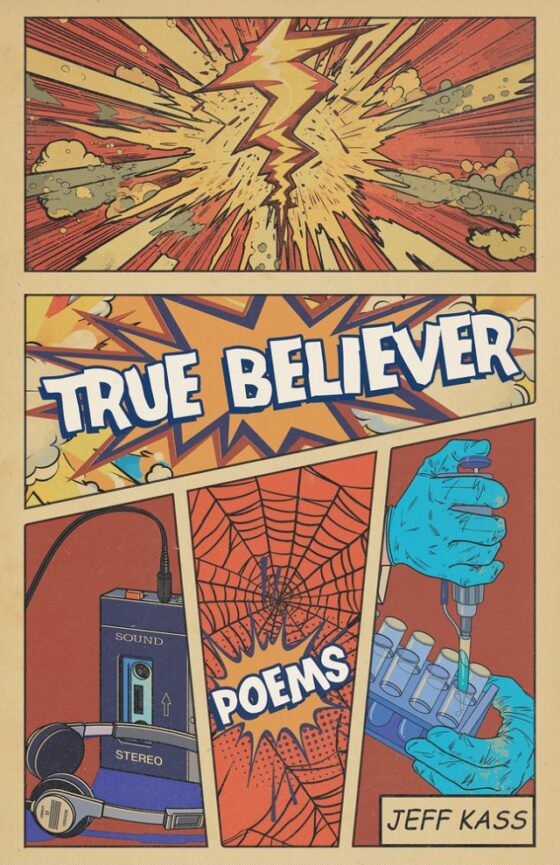 “One time I was reading Haruki Murakami and I thought: if I had the chance, would I ever ask him why his characters always vanish? I’m not sure I’d want to. Maybe he doesn’t know either.”
“One time I was reading Haruki Murakami and I thought: if I had the chance, would I ever ask him why his characters always vanish? I’m not sure I’d want to. Maybe he doesn’t know either.”
What in the name of all that is holy is a “Rumpus Original Combo”?
We’re glad you asked! Occasionally, The Rumpus will bring you a review of a new book coupled with an interview of the author. It’s kind of like a hamburger and fries, only more nutritious. Here, then, the inaugural Rumpus Original Combo, with first-time author Paul Yoon. How cool is that?
(P.S. Stay tuned for the Rumpus Original Combo with Colson Whitehead, coming in April!)
***
Once the Shore: The Rumpus Review
When I first encountered Paul Yoon’s story, “Once the Shore,” the opening piece in Best American Short Stories 2006, I felt the rush of a new discovery. In the first paragraph, a woman tells a waiter how her husband parted his hair. “There was a time,” the woman said, “when he bathed for me and me alone.”
Nothing obviously dramatic is happening here—a woman describes someone who is not present to someone who is—but Yoon writes about the mundane in a way that evokes an entire relationship. The woman recalls how “each strand shone like amber from the shower he took prior to meeting her…”
While reading those lines, I was surprised as a forgotten memory bloomed in me: sixteen years old, peeking out the second-story window of my parents’ house as I watched a boy ring the doorbell, waiting to go on my first date. From that angle, I glimpsed the red and blue striped cotton jacket the boy wore and the top of his head, his hair neatly parted, still damp.
I’d have to wait a couple of years to read more work from Yoon, as “Once the Shore” was his first published story (it first appeared in One Story). Now, Sarabande has published Yoon’s debut collection, named for that same piece; I read the stories slowly, doubling back to read them again, drawing out the pleasure of the experience.
The stories take their time to develop, unfolding in a way that feels as big in scope as a novel. And contained within the stories themselves are paragraphs that suggest entire stories, as in this example from “Faces to the Fire”:
“Her mother passed away while Sojin was at work. She was found lying on the rush mat that she had preferred over a mattress. Her ear was pressed against a portable radio. It had awoken her husband in the morning and before he left to gather eggs, he had told her to shut it off. When he returned it was still on, tuned to a station that played swing music. She died grinning. With saxophones and trumpets.”
I was startled by how beautifully Yoon writes about the horrifying: a bereaved woman repeatedly runs full force towards a cliff, stopping short of the edge in “So That They Do Not Hear Us,” a person is consumed by flames in “Faces to the Fire,” and a couple lovingly collects human body parts floating in the ocean in “Among the Wreckage.” He writes with precision and artistry: “She was drenched, her clothes revealing a body loosened by age, all her years contained in the folds and pigment of her skin, like the inside of a tree” (“Among the Wreckage”) and “[H]e knew then what it was to be afraid. It was the feeling of diminishment” (“Once the Shore”).
The eight stories in Once the Shore, all previously published in literary magazines such as TriQuarterly, Glimmer Train, and Ploughshares, span a fifty-year period on Solla Island, a fictional island off the coast of South Korea which Yoon makes feel both foreign and familiar. He imagines the impact of time and the various forces at work on the island’s landscape over the decades, including war and, later, tourist dollars. Landmarks such as Tamra Mountain, the caves, and the East China Sea stay the same; while the farm sold to a developer in one story just might be the tourist-resort setting of another.
Characters from different social classes and historical moments move through the stories, ranging from a seawoman in her sixties to a young girl whose mother has just died to a middle-aged husband evaluating his life. Yoon convincingly inhabits these disparate characters, some of whom move through more than one story as the author shifts people and areas of the island into the background or foreground depending on the story. It was a delight to wonder if the seawoman, a lead character in one story, is the same character who appears in a later story to sell a bowl of shellfish.
In “Among the Wreckage,” Bey searches for his missing adult son and remembers when his son was small enough to ride on his back and look at the stars. “They were happiest then,” Bey thinks. This certainty—that one’s happiest moments are in the past—is depressing, but Yoon somehow leaves space for his characters to experience dignity, or momentary pleasure, in the lives that are suggested beyond each story’s end. He explores what is said between people and what is unspeakable, the ways people attempt to connect and the ways they disappoint one another, and the impact of the stories—and the lies—we tell ourselves, each other.
***
The Rumpus Interview with Paul Yoon
by Stacey Swann

Paul Yoon was born in New York City. His fiction has appeared in One Story, Ploughshares, TriQuarterly, Glimmer Train, American Short Fiction, and Best American Short Stories, and is forthcoming in The PEN/O. Henry Prize Stories 2009.
Rumpus: The title story of this collection, Once the Shore, has the distinction of being your first published short story (in One Story) as well as having been selected for Best American Short Stories 2006. How long had you been writing short fiction before the One Story publication?
Paul Yoon: It’s hard to say how long I’d been writing fiction before the One Story publication, but I do remember the first time I read the story “Rock Springs,” by Richard Ford—that story ends with a question directed at the reader, and my heart stopped and I gasped. That might have been what started my love for fiction writing. I’m not sure, because in retrospect I feel like it was always there. But I distinctly remember wanting to respond to that story in some way, as though it weren’t a story at all but a letter. So I wrote back.
I think that’s one reason why I write to this day. Writing fiction is kind of a love letter to all the books that have stayed with me and all the readers that share in that feeling I have when I finish a book: I look up and I feel like my surroundings have shifted in some way and I have no idea what has just happened. Your sense of the world has changed, and it is wonderful. And that fuels my obsessive desire to enter fictional worlds, learn about and experience various cultures and history through the imagination. I don’t know why it’s fiction in particular rather than another art, or even science. I’ve always been a bit solitary, a bit private, and books were my companions for a long time when I was a child, so maybe there is the comfort of that, the familiarity.
Rumpus: All of the stories in Once the Shore are set on the fictional South Korean island of Solla. In their original versions, some of these stories mentioned the real island of Cheju as their setting. Can you describe your decision to shift these stories into a fictional world?

PY: When I started Once the Shore I definitely had Cheju Island, and other islands in that area, in mind. I hadn’t been to Cheju in about fourteen years and I couldn’t afford a trip back or take the time off from day jobs to travel there, so I relied on research and my imagination. When I finished, though, and saw the book as a whole, I realized that the stories didn’t really have anything to do with Cheju Island at all. I had changed virtually everything—geography, events, and history—to tell these stories. And it occurred to me that it was never my intention to write about that specific island…
It was very freeing. It enabled me to shift certain details, slant them to serve the story rather than to serve fact. In this way I felt like I was writing not only about a specific place but other places too. But, yes, Cheju was my foundation—a way in, so to speak. I wanted a place that felt familiar to me—geographically and culturally—but with enough mystery for me to want to explore that area and its people imaginatively, a way for me to put my feet on solid ground before embarking on this fictional world. It was important for me to do that, to feel the book wasn’t going to collapse.
Rumpus: Several of these stories take place, at least partially, during the late 1940s. Was there something about this time period that particularly attracted you?
PY: I was interested in exploring two themes (or ideas or situations) with Once the Shore; if you were to imagine the island as a painting, I wanted to present a diptych: on one side there would be a depiction of a foreign military occupation and on the other side there would be a depiction of tourism… I wanted to study the two, side by side, study those specific periods in time, including everything that happened in between, from the Korean War to the rise of industry in that part of the world, and I wanted to tell about the people who were witness to those years—how their lives changed, if they did at all, [because of] an outside force, embodied by soldiers or tourists, entering an isolated environment.
Rumpus: In an earlier interview, you had mentioned having plans for just three stories set on this island. How did you come to write an entire collection revolving around Solla? What was it about this place that so captured your imagination?
PY: Yes, I originally planned to write three stories set on an island—this was about four years ago—and then let it go and work on other fictions. But the three stories I wrote, which are “Once the Shore,” “Among the Wreckage,” and “So That They Do Not Hear Us,” raised more questions for me about the two themes I spoke of earlier so I wrote more.
 If writing fiction is a way to understand something better—whether it be a place or a situation or someone’s character—then in this case there were too many dark places on that island that I wanted to shine a light on.
If writing fiction is a way to understand something better—whether it be a place or a situation or someone’s character—then in this case there were too many dark places on that island that I wanted to shine a light on.
It’s also important to say that I don’t write to find answers to anything—that’s just not the way I am, in my fictions and in my life. Questions don’t necessarily mean answers. It is more about seeing. Some kind of glimpse that helps me think about, say, why in peacetime American fighter planes dropped bombs on a Pacific island that was used by fishermen. Who those fishermen were, where they were from, who loved them, who they loved. Or why a man seems to grow more sad with his marriage and his own achievements in life as this island, his home, flourishes around him. These kinds of questions are endless, of course, and I think a part of me could have written about Solla forever. But I can now see the larger canvas of that place and the dark places aren’t so dark anymore.
Rumpus: Many of the stories in Once the Shore have characters grappling with separation, either due to death or from other circumstances. Is this a common theme in your work or was there something in the setting that elicited it?
PY: It is both: it was a theme I wanted in the book because of the two wars—the Second World War and the Korean War—that hover over these stories. All the characters in these stories are connected to someone who was taken away by those wars; and I wanted that unity within the island, that connection among all the characters and their stories. There is loss, but through that loss there is a certain commonness, some attempt at comfort.
And yes: it’s a common theme in my fictions. Separation is a good way to put it, or loss. I don’t yet know why I always write about it, or why I am so interested in writing about it. Maybe years from now I’ll have an answer for you. Although maybe the answer doesn’t really matter. One time I was reading Haruki Murakami and I thought: if I had the chance, would I ever ask him why his characters always vanish? I’m not sure I’d want to. Maybe he doesn’t know either. It wouldn’t change my love for his work.
Rumpus: One of my favorite things about your writing is the emotional impact you are able to convey through very small acts of kindness. Do you have a theory on why these moments have such resonance?
PY: Someone commented once that Jim in “Once the Shore” was too nice. He seemed puzzled by Jim’s kindness. And, in turn, I was puzzled by his remark. Personally, I needed to express these moments in this book because I was dealing with horrific events, one after another, and I wanted some kind of thought or act that could pull the characters back toward a sense of hope—that no matter how much they had lost, there was something for them to live for, regardless of how insignificant it might be for anyone else. Because in the end I do think this is a hopeful book.
I recently read Don Lee’s brilliant new novel, Wrack and Ruin, and what stays with me the most from that book are these moments we’re talking about. There’s an amazing narrative force to that story but once in a while it pauses, briefly, and he reveals these surprising scenes of intimacy and tenderness. (Both of which can be a form of kindness, I think.) It gave the story breath and silence and I admire that so much. The way Terrence Malick does in his films. They stay with me, these small moments I have read about or witnessed or experienced; they last a minute, perhaps, even less, and yet you become connected to another person through that act. I mean, in the end, it’s a form of love, isn’t it?
Years ago I was on the coast of Belize and I had stumbled on my very first coconut and I had no idea how to break open the husk. I was holding a machete—that was a first, too—and practicing my swing when a neighbor, an old woman, appeared, smiling, and without a word placed the coconut on the sand between her legs, took the machete from my hands, bent her knees, and broke open the husk in seconds. Then she smiled once more and walked back to her house. I never saw her again. But I will always remember her, the shape of her body and her stance and her arm swinging.





